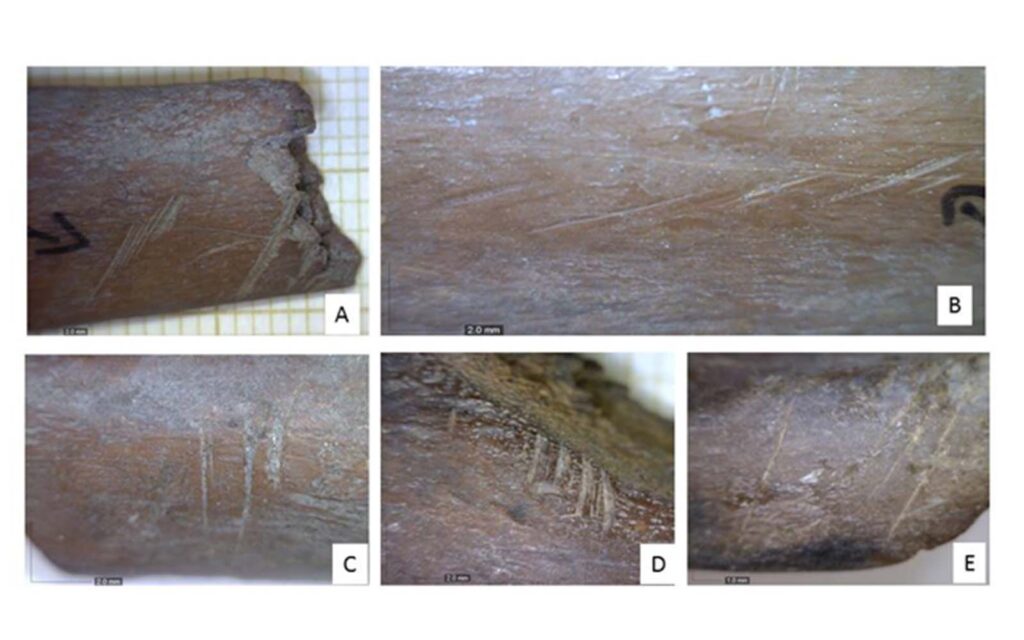Ice Age humans in Israel lived the good life while contemporaries starved — study
Researchers in Israel recently uncovered remains that revealed the life of ancient humans that lived near the Sea of Galilee about 23,000 years ago. With this new discovery, experts were able to figure out how these residents managed to thrive amid the Ice Age.

One of Israel’s leading academic institutions, Hebrew University of Jerusalem (HU), and its Institute of Archeology team and colleagues worked together to figure out how these ancient tribes thrived.
About Israel’s Ohalo II
According to their research of the animal remains, the team found that ice age survivors lived a good life while most of their contemporaries were facing hunger and starvation. This is mainly because of the extremely cold temperatures on Earth at the time of their existence.
The Israeli site of Ohalo II was inhabited between 23,500 and 22,500 years ago, during the conclusion of the last Ice Age (“Last Glacial Maximum”). The brush huts and plant relics at Ohalo II have been preserved to an exceptional degree.
Excavation of the site by Prof. Dani Nadel of the University of Haifa in conjunction with HU Professor Rivka Rabinovich and HU doctoral student Tikvah Steiner allowed the researchers to learn more about the ancient occupants’ eating habits and widespread use of animal parts.
Many parts of North America, Northern Europe and Asia were blanketed by ice sheets during the Last Glacial Maximum, as per Phys.org.
This caused severe drought, desertification and a significant drop in sea levels. Ohalo II was discovered in 1989 when the water level of the Sea of Galilee was reduced by several meters due to drought. There were two sets of excavations: one in 1989-1991 and the other in 1998-2001.
About 9 kilometres south of Tiberias, on the southernmost part of the contemporary Sea of Galilee, lies this sprawling 2000-meter-long archaeological complex. An adult male’s burial and the ruins of six oval-shaped brush houses are among the many artefacts found on the site, as are a variety of other structures and piles of rubbish.
Fisher-hunter-gatherers’ lifestyles throughout that time period can be gleaned from the abundance of organic and inorganic elements.
Animal Bones Discovered at the Site

In addition to a large number and variety of animal bones found at the site (including gazelles, deer, hares, and foxes), the team also examined other evidence, such as charred plant remains and flint tools, to draw the conclusion that Ohalo II presents a distinct picture of subsistence from most other early Epipaleolithic sites in the area.
These individuals were able to take advantage of a wide range of edible plants, animals and reptiles as well as birds and fish in the Upper Jordan Valley at Ohalo II during the Last Glacial Maximum, according to The Times of Israel.
With the ability to hunt large creatures, these occupants also had the means and time necessary to fully exploit animal carcasses down to the marrow, said Steiner.
Identification of the Animal Species
An investigation into the three distinct occupants of one of the huts revealed the presence of reptile, bird, and mammal remains. Bone sizes were measured and spectroscopic analysis of bone surfaces was performed to detect evidence of cutting and wear as part of the study’s identification and quantification.
Additionally, Dr. Rebecca Biton, a herpetology expert and post-doctoral student at Hebrew University, found that the turtles were all the same size, which could indicate that the hunters deliberately selected a specific size of the turtle shell.
Rather than showing a decrease in food availability, Steiner and her colleagues feel that the site’s data show an increase in the variety of food sources. At the beginning of the Epipaleolithic period, Ohalo II is a remarkable example of a truly broad-spectrum economy.





